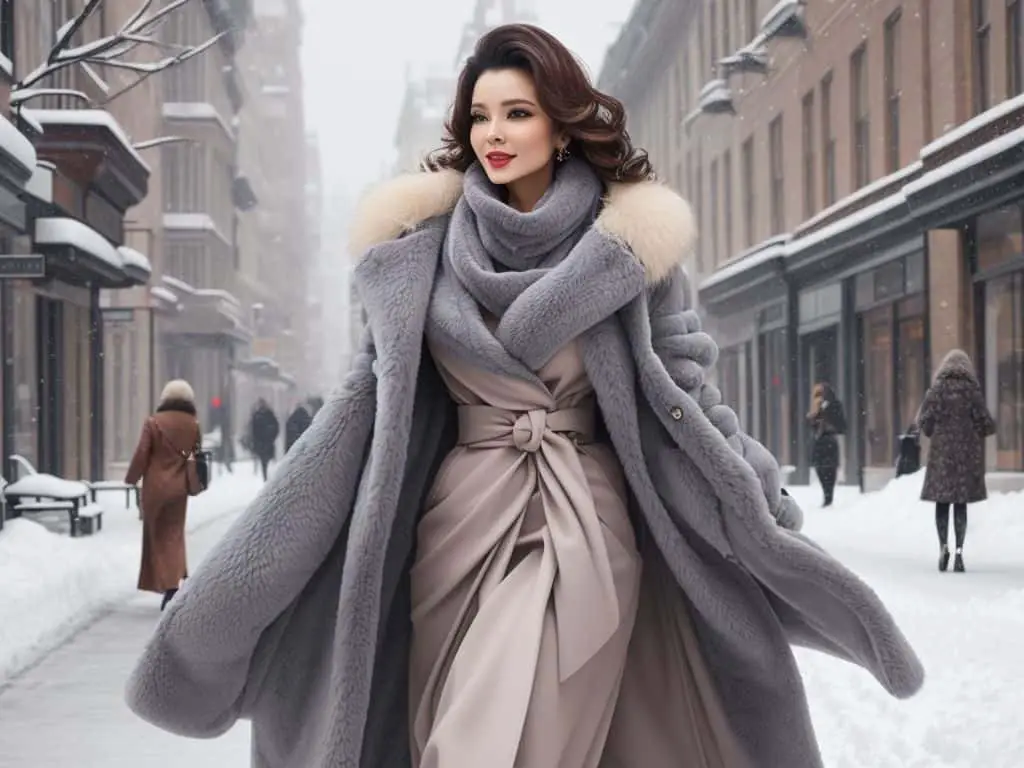To better understand the popularity of fur coats, delve into the brief history of these garments. Discover the rich legacy behind fur coats as you explore their cultural significance and the contexts in which they have been favored throughout time.
The popularity of fur coats has significantly declined in recent years due to growing concerns about animal welfare and ethical considerations. Many people and organizations have raised awareness about the inhumane treatment of animals in the fur industry, which has led to a shift in consumer preferences and attitudes.
Brief History of Fur Coats
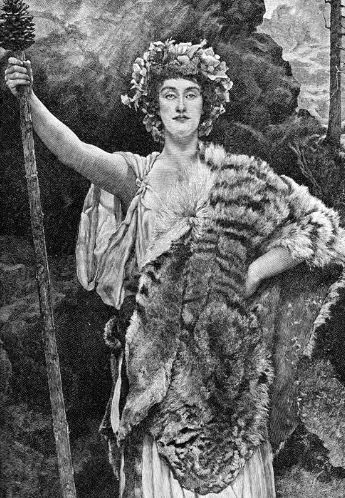
Fur coats have a long past. For centuries, fur has been treasured for its warmth and high-end feel. In early times, it was used for practical purposes, like protecting from bad weather.
And, in Greece and Rome, it became a sign of status and influence. Also, in the Renaissance era, it was seen as a fashion statement, worn by royalty and the upper classes, decorated with jewels and needlework.
Explorers then traveled to new lands and found more types of fur-producing animals, increasing availability and variety. In the 1800s, North America became a big provider of furs to Europe. Fashions changed fast, driven by wealthy tastes.
Today, attitudes towards real fur have changed. People are worried about animal welfare and sustainability, and more designers use faux fur instead.
Still, we can’t ignore the historical importance of fur coats. They have kept us warm and shown wealth. Even though their popularity changed, fur coats remained a symbol of luxury and style.
Current trends and popularity of fur coats
To understand the current trends and popularity of fur coats, delve into the section “Current trends and popularity of fur coats” with sub-sections like “Celebrities and fur coats” and “Fashion industry and fur coats.” Discover the influence these factors have on the enduring appeal of fur coats in today’s fashion landscape.
Celebrities and Fur Coats
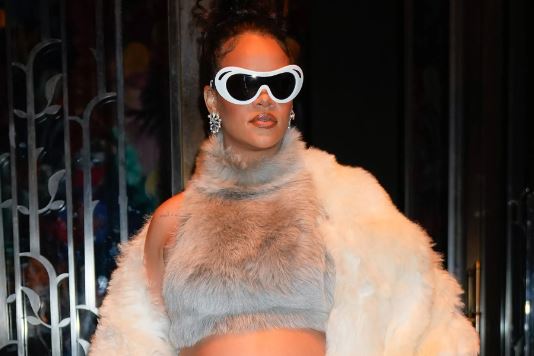
Celebrities + fur coats = a glamorous mix sparks fashion trends and creates opulent style statements. Here are 6 highlights of this undeniable influence:
- Fur coats on red carpets and at events make a powerful visual impact, making admirers out of fashion lovers.
- A-listers such as J.Lo and Kim K effortlessly rock fur coats, elevating their outfits to a whole new level of class.
- Famous personalities add a touch of prestige to fur coats, making them even more desirable.
- Stars collaborate with luxury brands to design exclusive fur coat collections, making them even more exclusive.
- Celebrities’ street style in fur coat pics inspire fans to try out this timeless fashion statement.
- Influencers showcase their love for fur on social media, creating a trend wildfire.
Plus, celebrities don’t only wear fur for public appearances or campaigns. They include them in everyday outfits, oozing sophistication.
It’s worth noting that fur has always had an enduring allure. Cleopatra, Queen Elizabeth I, and many more wore sumptuous fur garments as symbols of power. This shows how celebs’ love for fur has deep roots in fashion.
Rihanna’s Fendi fur coat at NYFW is also a great example. After she was spotted in it, sales skyrocketed, showing the influential role celebs play in fashion trends.
Fashion Industry and Fur Coats
Fur coats have seen a boom in popularity recently. Let’s take a peek at this trend in the fashion industry.
| Fashion Industry | Fur Coats |
| Rising Impact | Increasing Demand |
| Changing Trends | Different Styles |
| Innovative Styles | Luxurious Look |
Fur coats not just look elegant – they also keep you toasty and warm when the weather is cold! Plus, there’s a variety to choose from, for different tastes and events.
Fun Fact: Elizabeth Taylor had a huge collection of fur coats, showing she was a fan of this classic trend.
Ethical and Environmental Concerns
To address ethical and environmental concerns surrounding fur coats, explore the perspectives of animal rights activists and discover alternative options.
Animal Rights Activists and Fur Coats
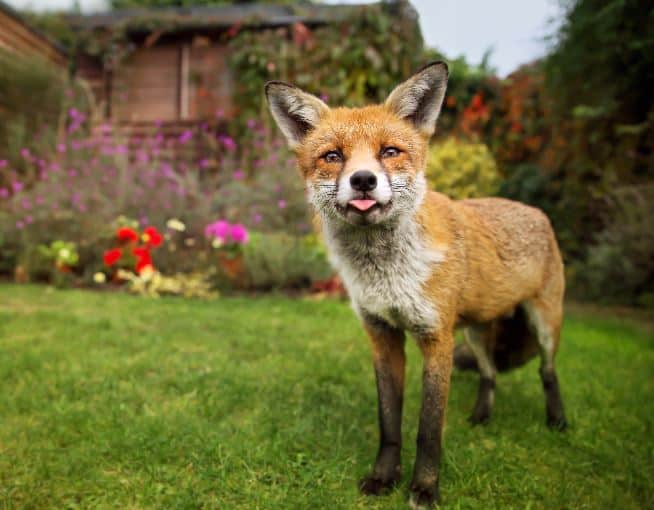
Animal rights activists have long been vocal about ensuring ethical treatment of animals, especially in the fur industry. The use of fur coats has been a controversial topic; activists maintain that it causes unnecessary harm and suffering to animals.
Their worries are legitimate. The fur industry obtains its products from animals, such as minks, foxes, and rabbits, bred in captivity only for their fur. These creatures are usually kept in cramped, stressful environments before they are killed for their pelts.
In recent years, a few fashion labels have taken steps to address these issues by providing sustainable, cruelty-free alternatives. Faux furs made from synthetic materials have become trendy, giving consumers fashionable choices that do not involve hurting animals. This shift towards ethically produced items is a positive sign, showing that people are becoming more mindful of environmental and ethical issues in fashion.
An example of this is Stella McCartney, a well-known fashion designer who has always championed sustainable and animal-friendly practices. She never uses real fur or leather in her designs and is a strong supporter of organizations working towards animal welfare.
By championing these causes, McCartney has raised awareness of the plight of animals and demonstrated that fashion can be chic and responsible. Her dedication to ethical practices is an inspiration for other designers and consumers.
Read Also: What Luxury Brands Have Banned Real Fur? [2022 Update]
Alternatives to Fur Coats
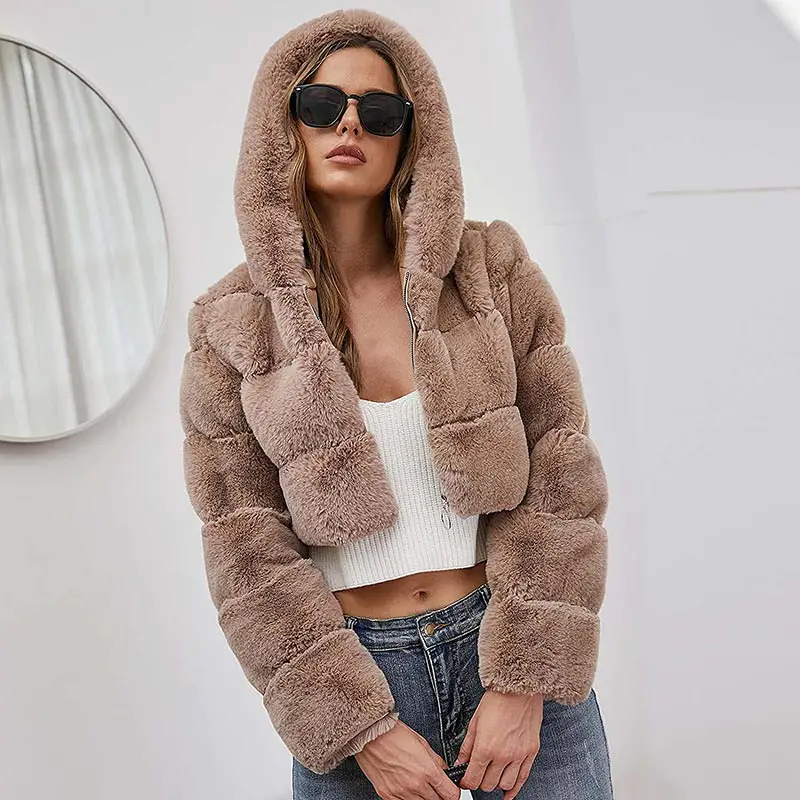
Fur coats are becoming less popular due to ethical and environmental concerns. More sustainable and cruelty-free options provide the same luxurious look and feel. Here are some alternatives worth considering:
- Faux fur: Quality and appearance have greatly improved, making it difficult to tell the difference between real and faux fur.
- Plant-based fibers: Textile technology has led to the creation of plant-based fibers that mimic the texture and warmth of fur. Bamboo, hemp, and soy silk are eco-friendly and stylish.
- Recycled materials: Coats made from recycled materials such as plastic bottles or old garments are warm and fashionable while reducing waste.
- Vintage or second-hand furs: Buying vintage or second-hand furs allows you to enjoy fur without contributing to the demand for new products.
The environmental impact and production methods of alternatives vary. Research brands carefully before making a purchase. Opt for companies with clear ethical sourcing policies and certifications, such as PETA or The Fur-Free Alliance. This ensures your choice aligns with your values.
Conclusion: What future for Fur Coats?
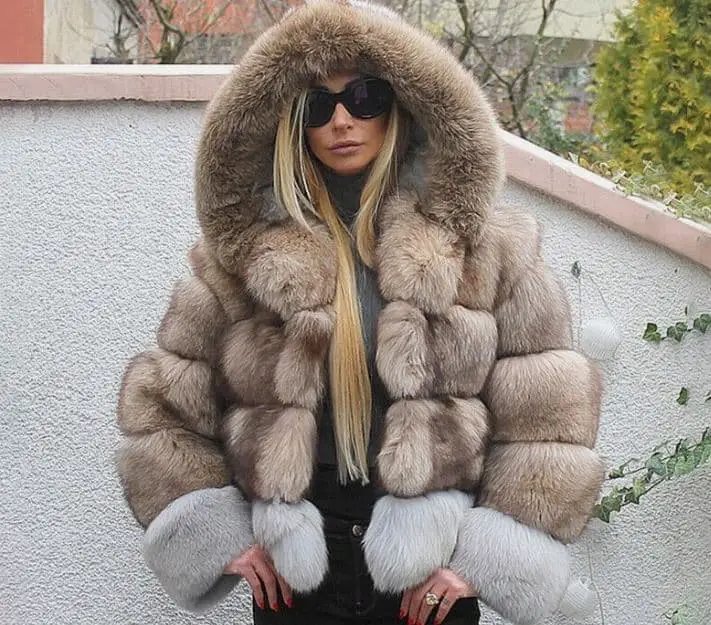
The future of fur coats is changing. Consumer perspectives and ethical issues now influence the market. As people become more aware of animal welfare, coats made of real fur have become less popular.
Alternatives to real fur, such as faux fur, are sought after. Plus, new materials are being invented to look and feel like real fur. This has made it easier for people to buy cruelty-free items. Fashion brands now have ethical practices, too.
Governments and organizations have imposed regulations on the fur industry. This means fewer genuine fur coats are available. To keep fur coats in style, these suggestions can help:
- Manufacturers should research and develop better quality and more sustainable genuine fur. This includes ethical breeding and animal welfare standards.
- Collaborations between fashion brands and animal rights groups can create awareness campaigns about their efforts to responsibly source and produce fur. Transparency can help people make wise choices.
- Vintage and recycled fur coats can be promoted as a sustainable option. Reusing old furs reduces waste and still lets people enjoy the luxurious look.
Frequently Asked Questions
1. Are fur coats still popular?
Yes, fur coats are still popular in many fashion circles. Despite controversies surrounding fur, it remains a luxury fashion item that continues to be worn by many individuals.
2. Why are fur coats still popular?
There are several reasons why fur coats remain popular. They provide warmth and insulation, making them suitable for colder climates. Fur coats also have a timeless and elegant appeal that can enhance any outfit.
3. Is it ethical to wear fur coats?
The ethics of wearing fur coats is a highly debated topic. Some argue that the fur industry involves animal cruelty, while others believe it is a sustainable and natural resource. It ultimately depends on individual beliefs and values.
4. Are there alternatives to real fur coats?
Yes, plenty of high-quality faux fur options are available that mimic the look and feel of real fur. Faux fur coats have become increasingly popular as more people seek cruelty-free alternatives without compromising style.
5. How can I care for a fur coat?
Caring for a fur coat involves regular cleaning and proper storage. Avoid exposing it to direct heat sources or excessive humidity. Additionally, it’s important to use a specialized fur brush to maintain its softness and luster.
6. Can fur coats be inherited or passed down?
Yes, fur coats can be inherited or passed down as family heirlooms. Many fur coats are made to last for generations, and they can hold sentimental value for families.

